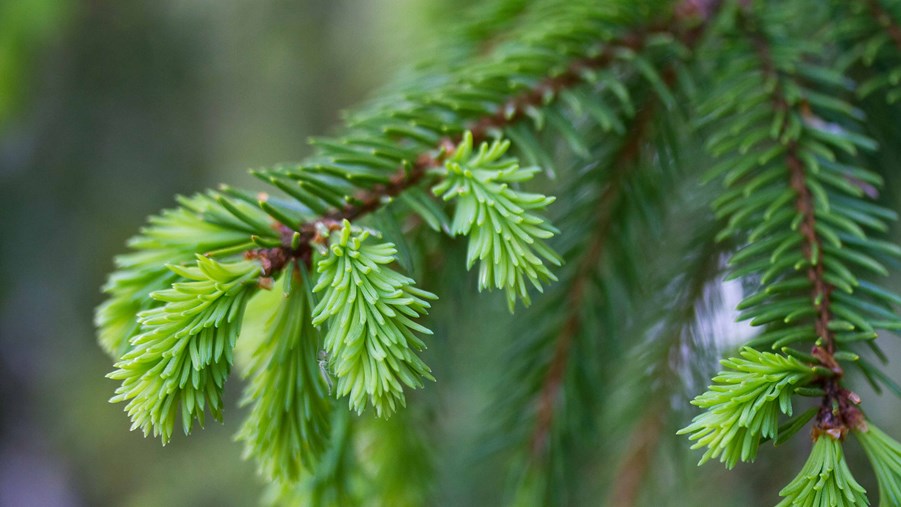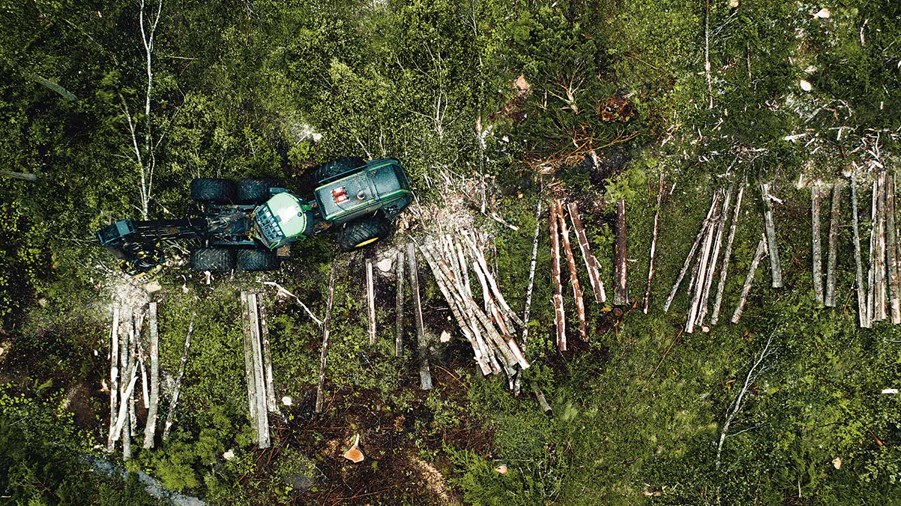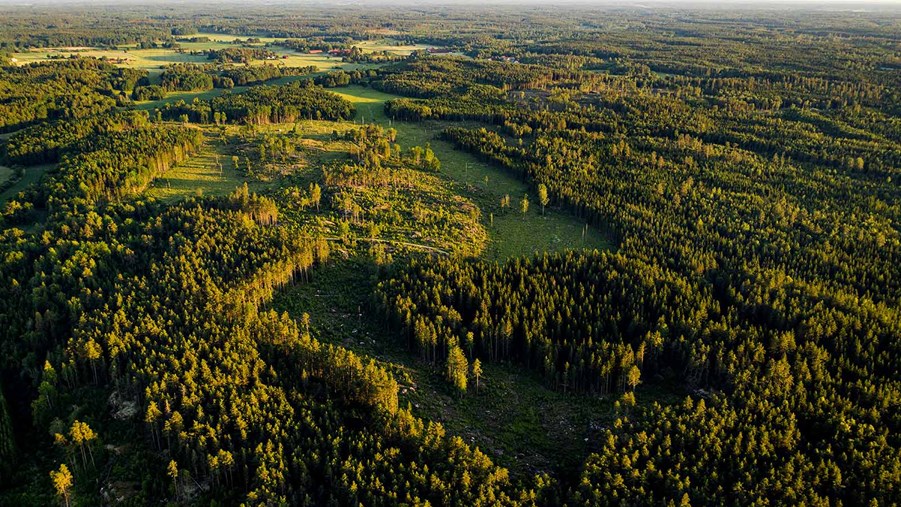
In response to recent assertions made by Greenpeace regarding the management of Swedish forests, the Swedish Forest Industries (SFIF) would like to do the following statement to present an accurate portrayal of the state of our forests and the meticulous management practices that are in place.
The Greenpeace report does not claim to have documented any violations against the law. This underlines that Swedish forestry is considerate and has a high level of regulatory compliance.
“Covering approximately 70% of Sweden's landmass, our forests serve as vibrant ecosystems, housing approximately 25,000 plant and animal species. They play a crucial role in climate mitigation, sequestering carbon dioxide, and providing renewable resources. Furthermore, the forest industry is a cornerstone of Sweden's economy, accounting for 10% of the nation's trade balance,” says Viveka Beckeman, SFIF Director General.
Environmental considerations are paramount in Sweden’s managed forests, with clear-cutting practices aligning with stringent biodiversity standards. This includes the preservation of watersheds, sensitive biotopes, and the promotion of wood-living insects through the maintenance of deadwood.
“The significance of Swedish forests in combating climate change is undeniable, with ongoing efforts poised to receive ISO recognition for their greenhouse gas dynamics. Moreover, industry-wide collaboration has culminated in a joint roadmap, outlining ambitious targets for climate action, circularity, and biodiversity preservation,” says Beckeman.
Recognising the imperative of continuous improvement, the Swedish forest industry remains steadfast in its commitment to adapt to evolving societal and environmental demands. Embracing a holistic approach, efforts are underway to enhance biodiversity, conservation, and climate benefits. Swedish Forest management methods are constantly being developed and the Swedish forest industry and forest owners constantly are fully committed to improving both biodiversity and its climate benefit. Last year all Swedish forest industries companies came together behind a joint roadmap, with ambitious targets when it comes to climate, circularity and biodiversity.
The terms “old-growth forests” and “continuity forests”
The stated purpose of the report is to highlight an alleged connection between consumer products and felling of what is referred to as "old-growth forests".
By trying to redefine the Swedish concept of "continuity forest" or "probable continuity forest" to be synonymous with the new EU concept of "old-growth forests", the Greenpeace report not only creates conceptual confusion, but also tries to achieve a shift in position in the debate. This method is incorrect and risks misleading the reader.
The Swedish concept of "continuity forest" refers to areas that have experienced tree growth for extended periods and have never been fully felled. Some continuity forests have high natural values but there are also continuity forests that have no major nature values, enabling them to be used in line with sustainable forestry. The concept of "continuity forest" is thus very broad and unspecific both in terms of the age of the forest and the presence of high natural values.
The term "old growth forest” is not the same as continuity forest or old forests, i.e. a forest above a certain age, neither should it be translated into the broader term "natural forest". According to the EU Commission, an old-growth forest should contain high natural values, certain characteristics and be similar to an undisturbed forest. Forests that are under productive management are not included in the concept.
The concept of Old-Growth Forests has recently been introduced into EU legislation and strategies. For example, the ambition of the EU Forest strategy 2030 and EU Biodiversity strategy 2030 is that all Primary and Old-Growth Forests should be mapped and strictly protected.
In Sweden, the concept of Old-Growth Forests (OGF) does not exist as a concept in legislation and there is no established definition. Therefore, the government has assigned the Swedish Forest Agency to define Old-Growth Forests in a Swedish context. There are very few forests with old-growth characteristics in Sweden. Since such a large portion of the country is covered by forest, people have always lived in and around forests in Sweden. In recent centuries, virtually all forests have been affected by human activity to varying degrees. This is true even for the forests in the north of Sweden and near its mountain range. The forests that have the most old-growth characteristics or naturalness have been prioritized when establishing protected areas. These forests are not harvested.
Since the concept has been introduced in legislation, it needs a clear interpretation for the Swedish context that can be applied in a legally secure way. It is of utmost importance that the definitions are clear, with objective and measurable indicators and quality requirements to ensure legal certainty.
The Swedish forestry model
Swedish forest management is underpinned by robust legislation and comprehensive systems, ensuring sustainability across all ownership types, be they private or public. National laws prioritise a balance between timber production and biodiversity preservation, ensuring the longevity of our forests for generations to come.
Sweden’s commitment to sustainable forestry is further underscored by adherence to voluntary certification standards such as PEFC and FSC, covering 14.8 million hectares of productive forest land, equivalent to 63% of the total area. Additionally, approximately 25% of Swedish forests are designated as protected areas, partly made possible through a substantial investment of €16 billion by forest owners.
Swedish forestry practices are characterised by responsible harvesting, incorporating a meticulous process of regeneration that ensures harvested trees are replenished. This sustainable approach is evidenced by the planting of approximately 400 million trees annually and a harvesting cycle lasting between 60 to 120 years. In parts of Sweden, you are not allowed to harvest forests that are less than 100 years old according to the Swedish Forest Act.


